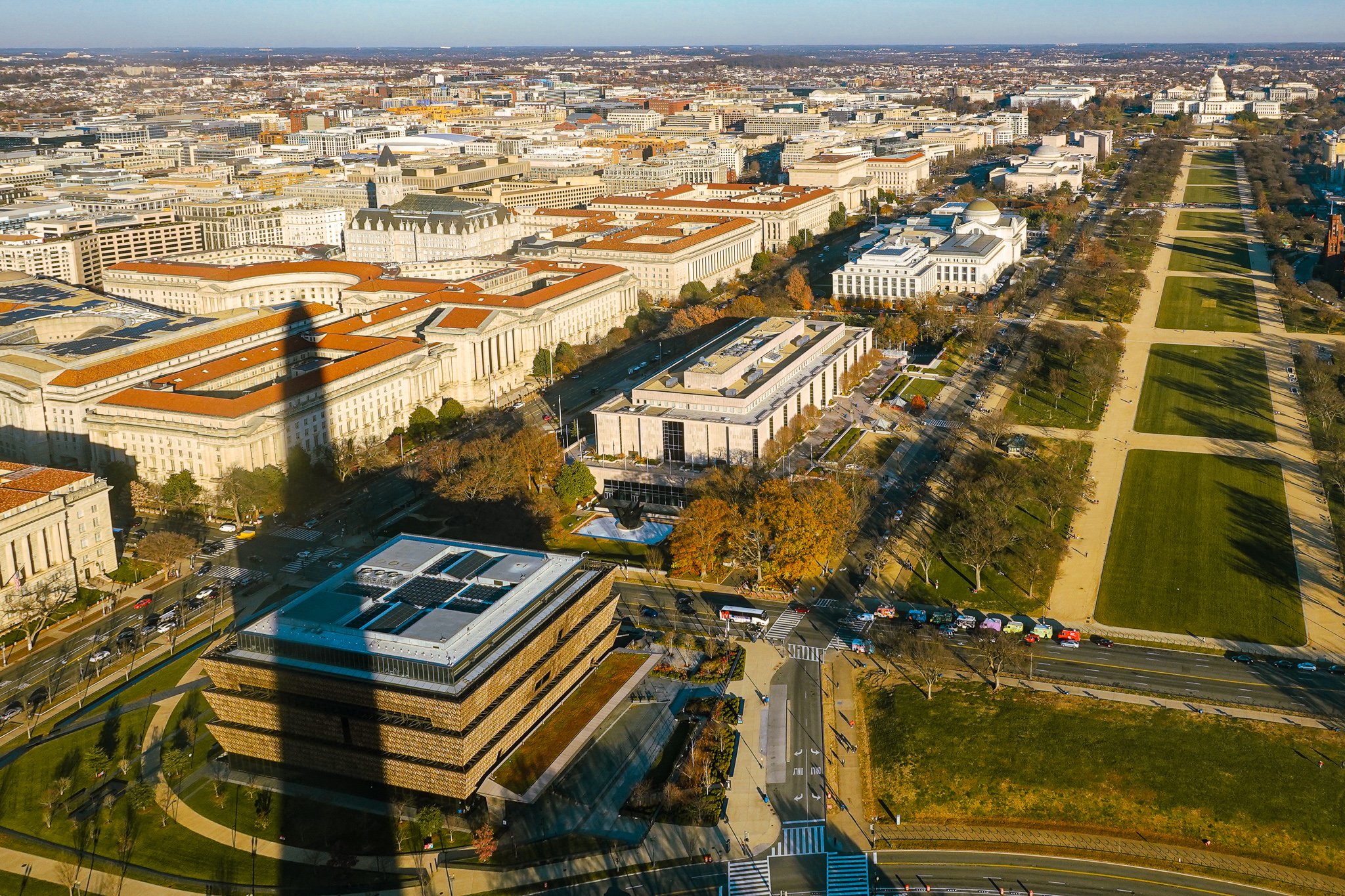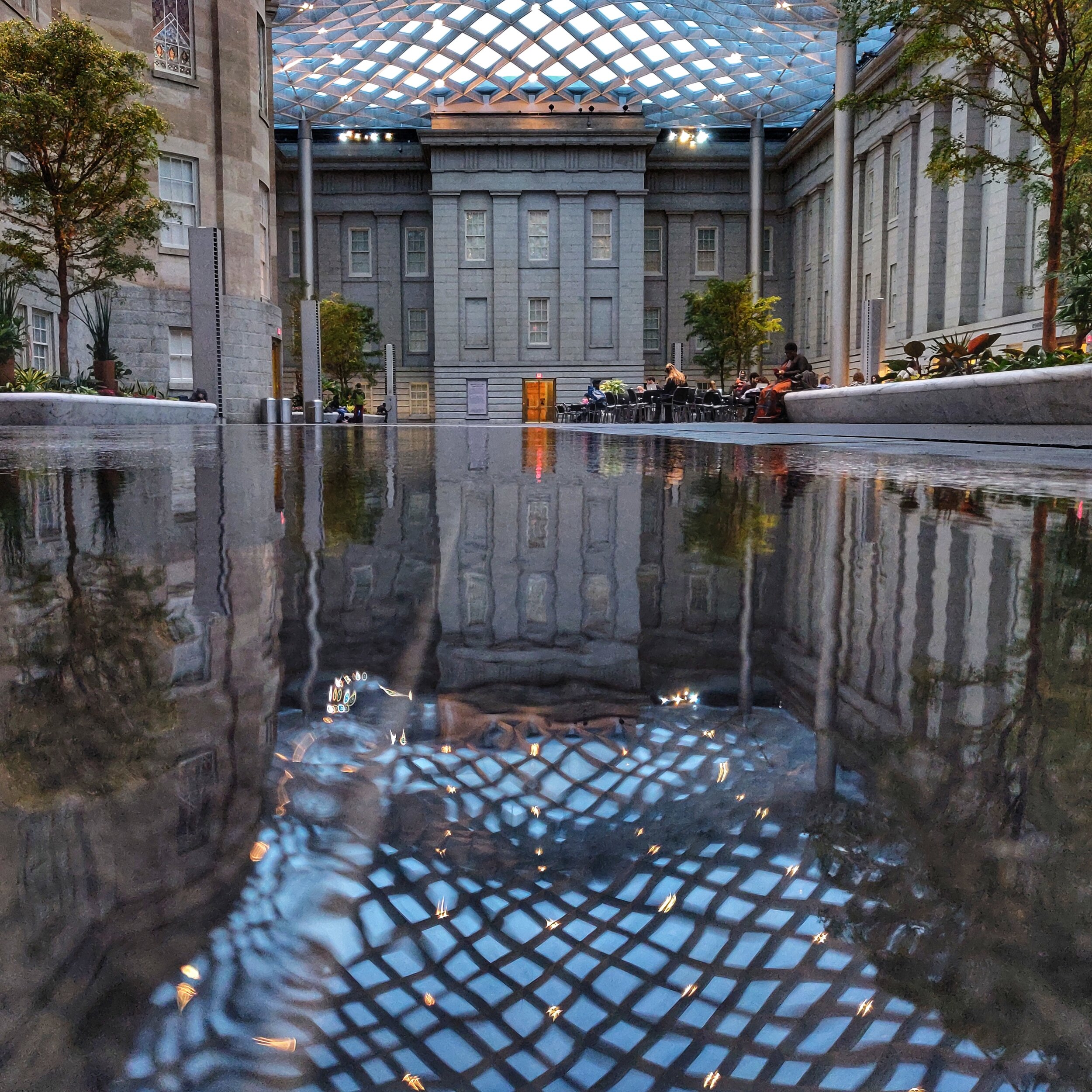This week I will be sharing some of my favorite new pieces on display at the Smithsonian American Art Museum and National Portrait Gallery.
Up second is "Patternmaster" by Bisa Butler.
Octavia Butler is one of my favorite authors – but I’m not alone. She was a groundbreaking science fiction author and multiple award winning literary giant whose work perhaps has resonated more even after her passing in 2006.
Butler is known for complex world building while incorporating themes such as racial injustice, gender inequality, environmental degradation, genetic engineering, and human (and sometimes alien) evolution.
In that same world building vein, Bisa Butler (no relation) has used various materials to build this stunning portrait of Octavia Butler. The artist used cotton, silk, vinyl, lace, beads, rhinestones, and other materials that all come together to make a quilt. The quilt is the portrait. Bisa Butler’s layering of fabric and materials mimic the layering of human emotion, speculative fiction, and fantastical scenarios that make Octavia Butler's writing so engaging. Talk about the portrait matching the person. This is it.
Check out yesterday’s post on Roger Brown and stay tuned for the final post tomorrow.✌🏾

















